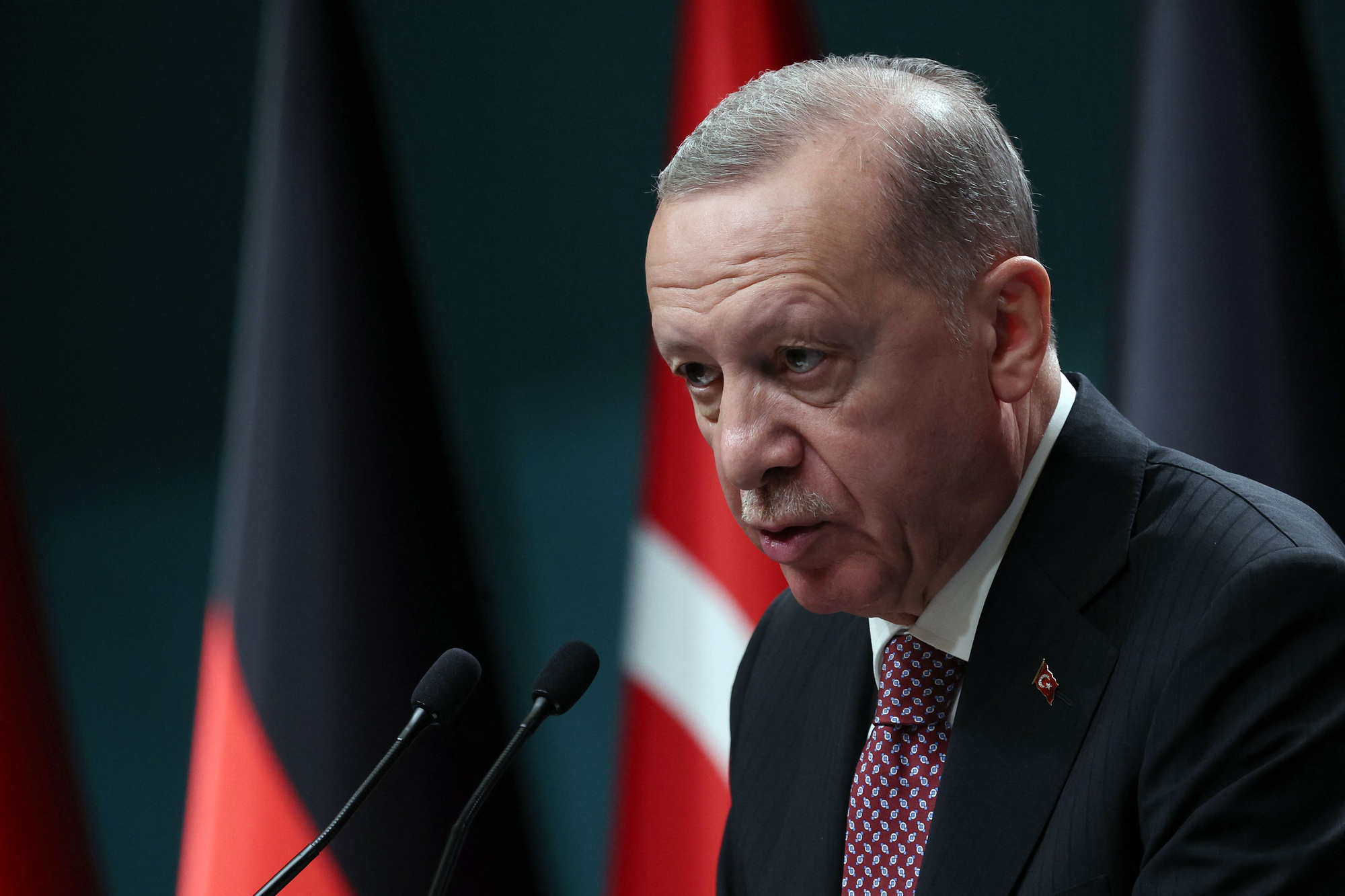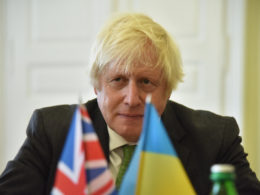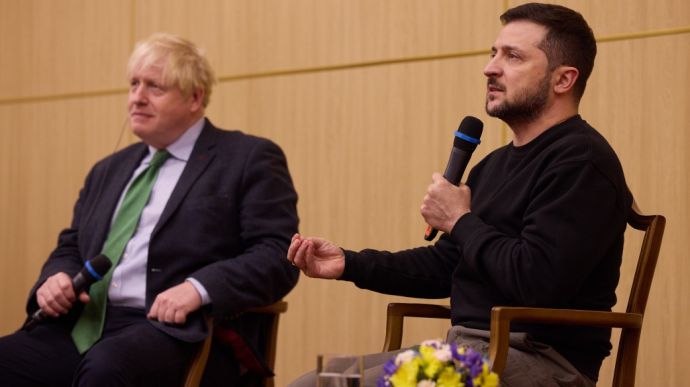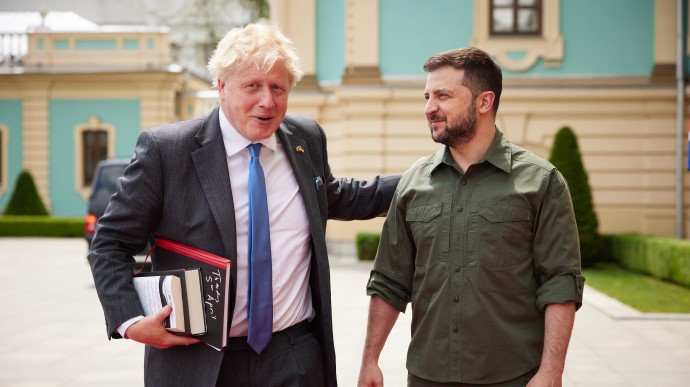Permanent neutrality for Ukraine, but EU membership allowed
There was agreement on the basic principles of peace. According to Article 1 of the draft treaty, Ukraine committed itself to “permanent neutrality”. Kyiv thus renounced any membership of a military alliance. The country's accession to NATO would thus have been off the table. The 13 sub-items of the first article show how far-reaching the definition of neutrality was. For example, the country agreed never to “receive, produce or acquire” nuclear weapons, not to allow foreign weapons and troops in the country and not to make its military infrastructure, including airfields and seaports, available to any other country.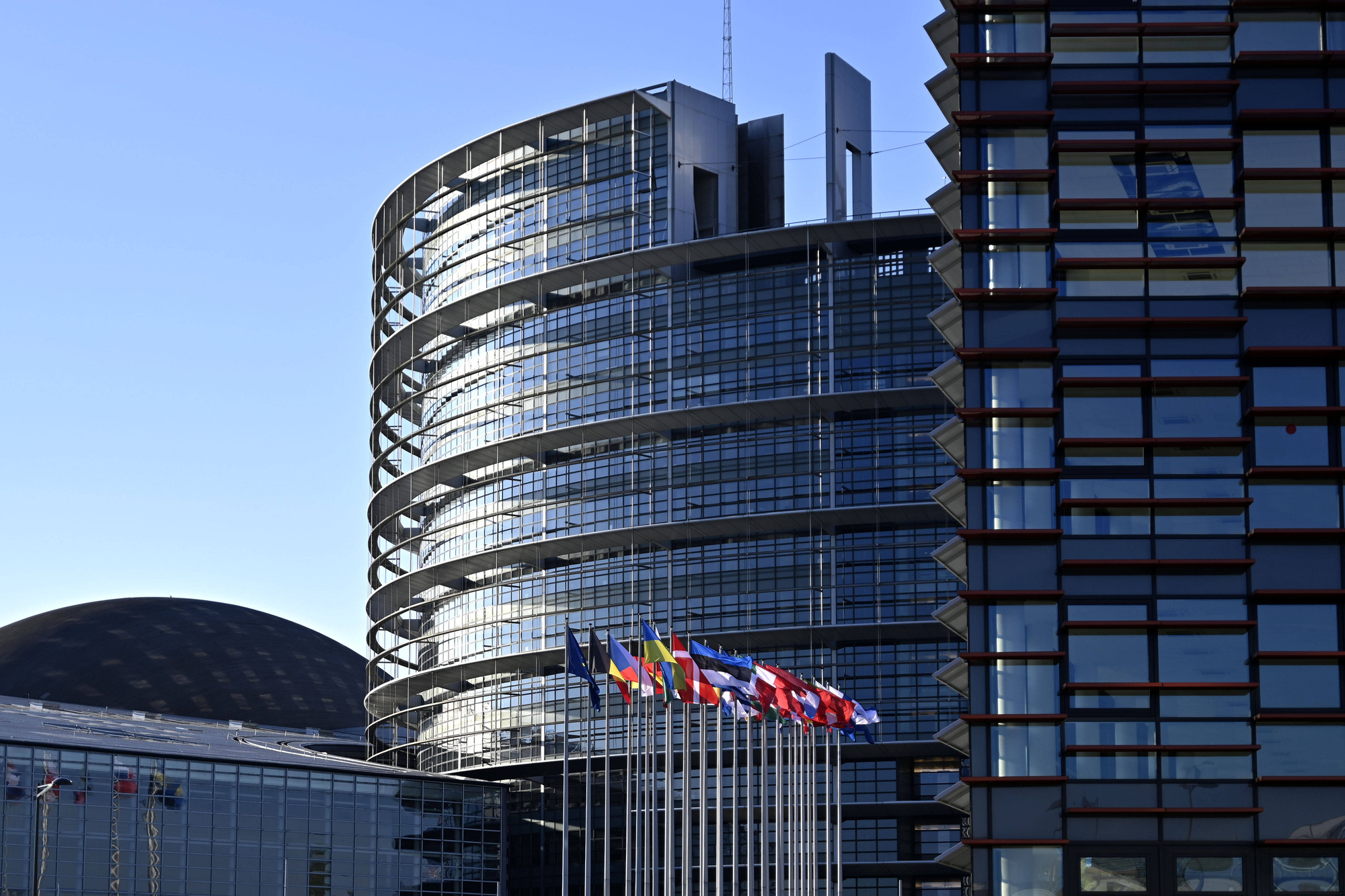
Security guarantees 2.0
In return, Russia promised not to attack Ukraine again. So that Kyiv could be sure of this, Moscow agreed that the five permanent members of the UN Security Council - the USA, the UK, France, China and Russia itself - could issue comprehensive security guarantees to Ukraine. In Article 5 of the draft treaty, Kyiv and Moscow agreed on a mechanism reminiscent of the NATO standby clause. In the event of an “armed attack on Ukraine”, the guarantor states would undertake to support Kyiv in its right to self-defense as enshrined in the UN Charter within a maximum of three days. This assistance could take the form of “joint action” by all or individual guarantor states. According to Article 15, this treaty should have been ratified in every signatory state in order to guarantee binding force under international law.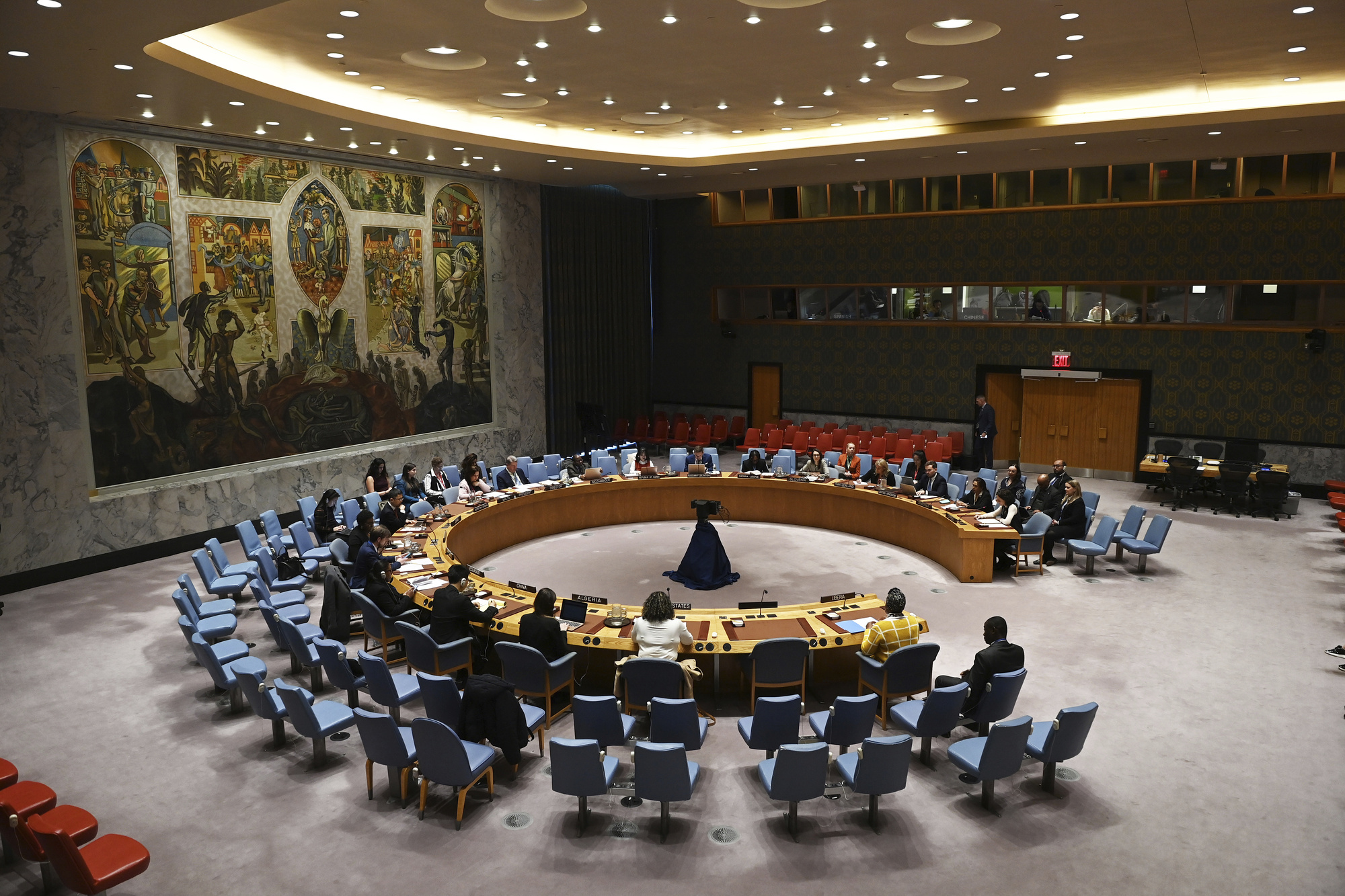
Occupied territories
Crimea and the port of Sevastopol were to be excluded from the security guarantees. By doing so, Kyiv was effectively ceding control of the peninsula to Russia. It is not clear from the document exactly what part of eastern Ukraine was to be excluded from the guarantor states' promise. The relevant places had red marks. In the Istanbul communiqué, Kyiv allegedly agreed to exclude parts of the Donetsk and Luhansk regions, which Russia already controlled before the war began. The Russian delegation, on the contrary, insisted that Putin and Zelenskyy personally determine the borders and put them on the map. The Ukrainian delegation rejected this option.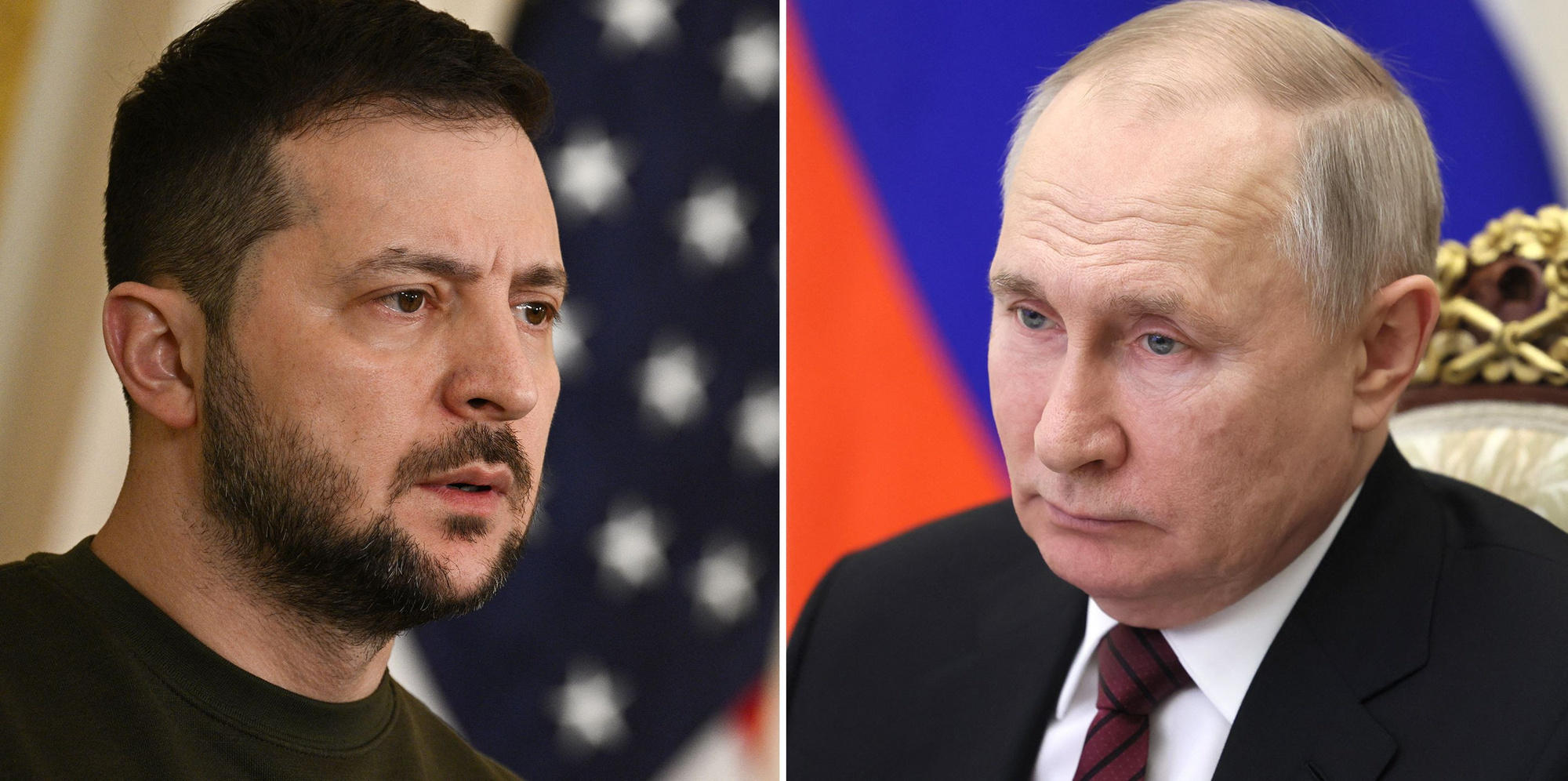
Ukrainian demilitarization
Also unresolved was the issue of the size of the Ukrainian army in the future. Kyiv partially responded to Russia's demands for demilitarization. Moscow demanded that the Ukrainian army be reduced to 85,000 soldiers - about one million soldiers are now serving there. Ukraine proposed a troop strength of 250,000 soldiers. Opinions also differed on the amount of military equipment. Russia demanded to reduce the number of tanks to 342, while Kyiv wanted to keep up to 800. Ukraine only wanted to reduce the number of armored vehicles to 2400 units, while Russia demanded to keep only 1029 units.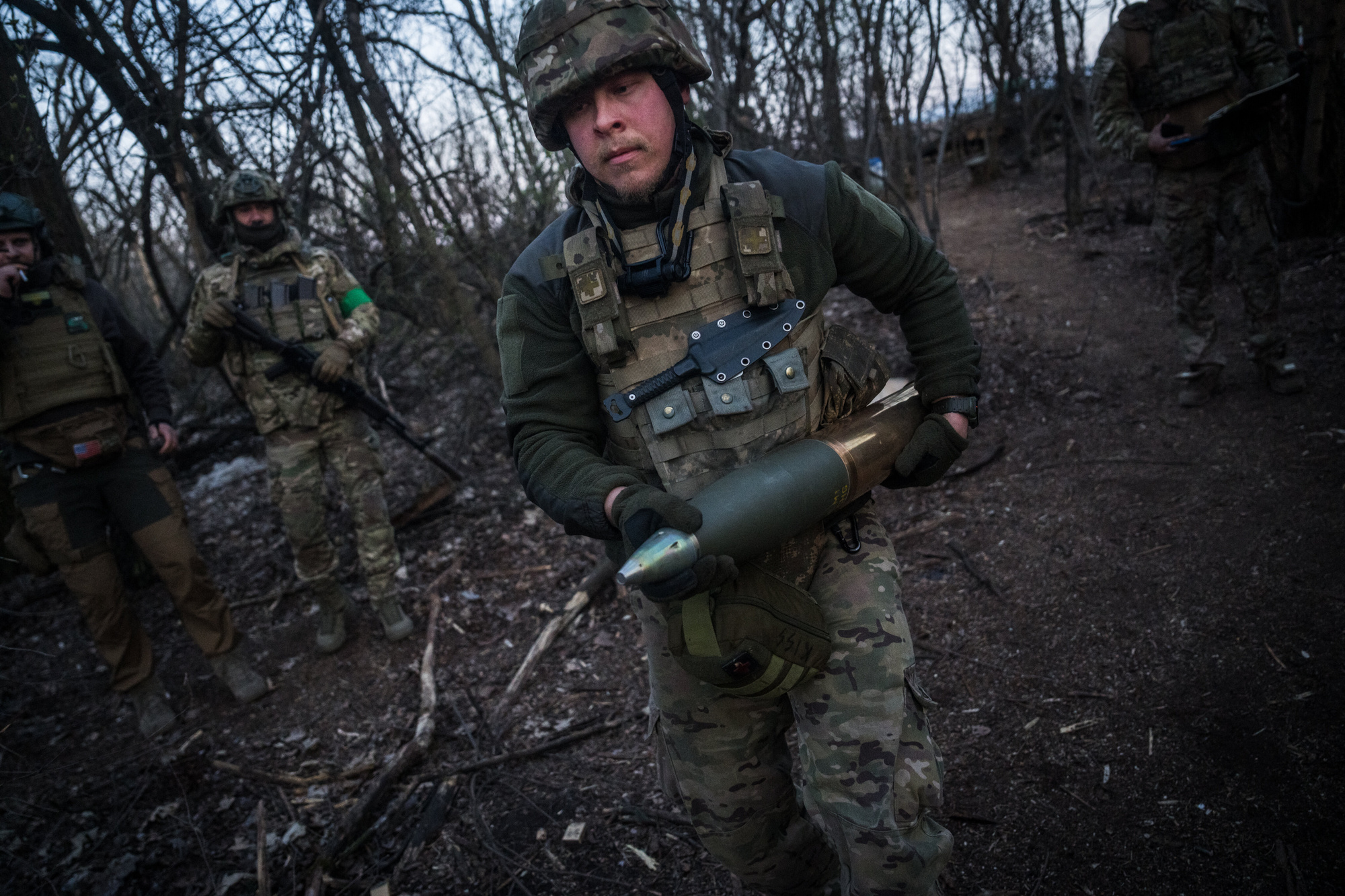
Additional Russian demands
According to German journalists, the draft treaty shows how close Ukraine and Russia were to a possible peace agreement in April 2022. But after a promising summit in Istanbul, Moscow made the following demands, which Kyiv did not agree to. Consequently, Russia demanded to make Russian the second state language in Ukraine, lift mutual sanctions and stop lawsuits in international courts. Kyiv also had to legally ban “fascism, Nazism and aggressive nationalism.” As Die Welt learned from several diplomats involved in the negotiations, there was strong interest in a treaty in the spring of 2022. After the failed offensive on Kyiv, Russia withdrew from northern Ukraine and announced that it wanted to focus on gaining territory in the east.Die Welt quoted an unnamed member of the Ukrainian delegation as saying: “This was the best deal we could have had”. The publication believes that even after more than two years of war, this agreement still looks favorable in retrospect.
Why the agreement failed
The negotiators then predicted that Zelenskyy and Putin would sign the document in April 2022. Die Welt writes that a member of the Ukrainian delegation, David Arahamiya, suggested in November 2023 why the two leaders never met. Then British Prime Minister Boris Johnson arrived in Kyiv on April 9 and said that London would “sign nothing” with Putin and that Ukraine should continue fighting.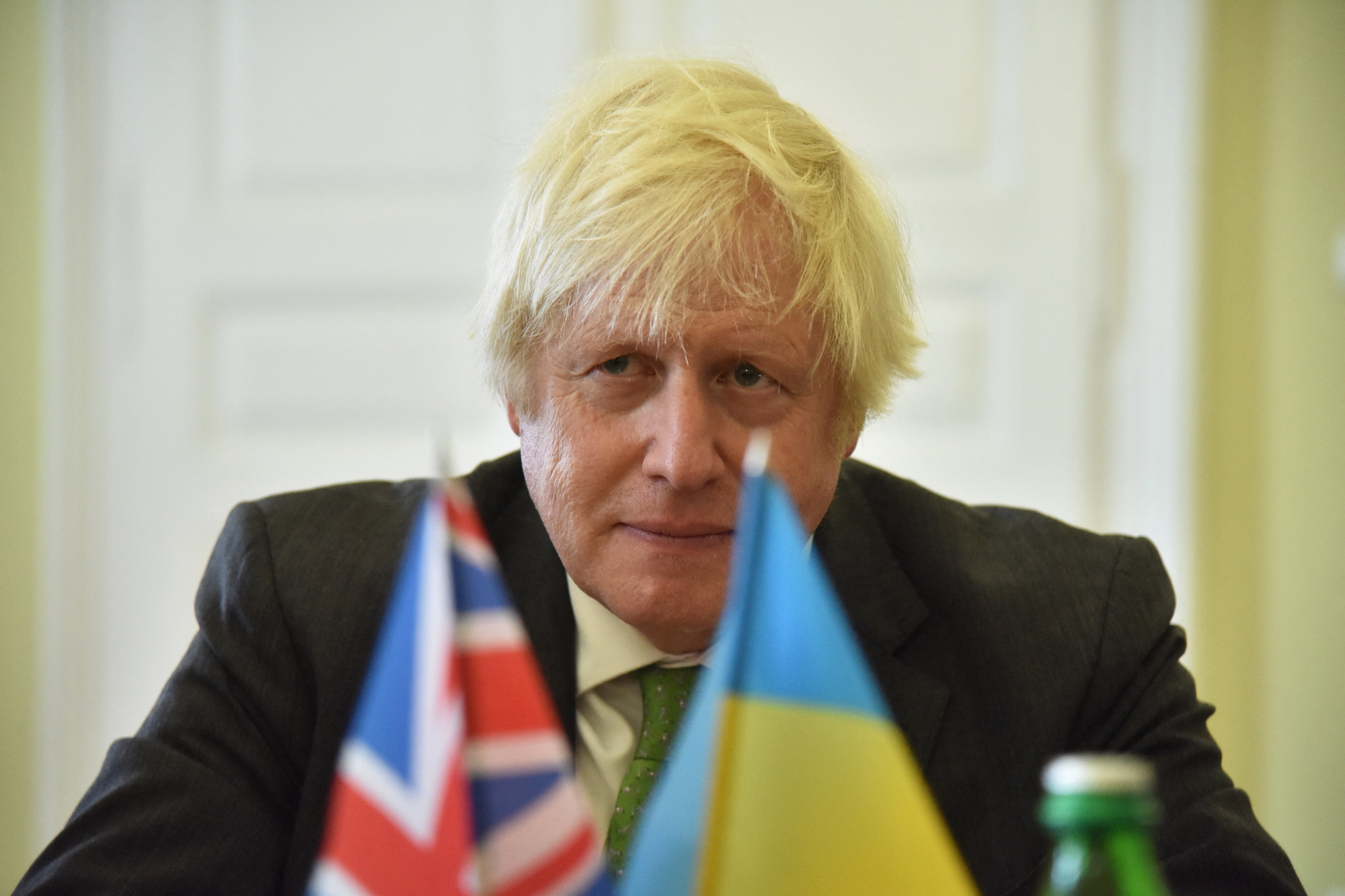
- Pope again calls for negotiations, which would freeze war to Russia's benefit
- Shoigu warns France against deploying troops to Ukraine in rare phone call
- Russian FM Lavrov reiterates Russia's maximalist goals in Ukraine
- 9 reasons negotiations with Russia are utterly pointless
- Inews: UK, Russia engaged in secret talks for 18 months amid Ukraine war
- Russian FM Lacrov claims Russia will continue hostilities until Ukraine's capitulation - ISW
- Macron says new security architecture should give guarantees for Russia - Reuters

